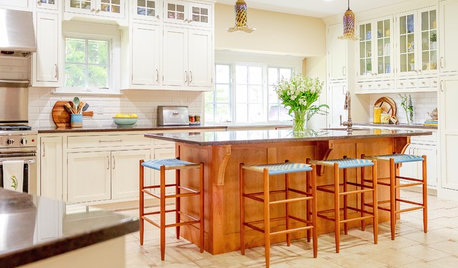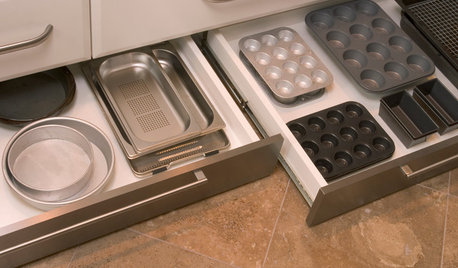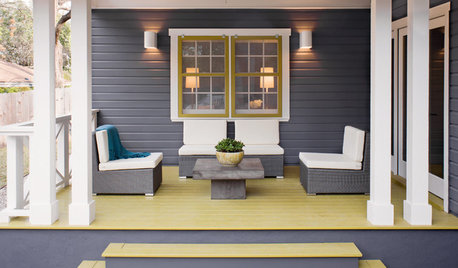Add laminate floor on top of existing laminate floor?
HU-292273068
4 years ago
Related Stories

What is Laminate Flooring?
Discover the wonders of laminate and what it can do for your home
Full Story0

REMODELING GUIDESLaminate Floors: Get the Look of Wood (and More) for Less
See what goes into laminate flooring and why you just might want to choose it
Full Story
REMODELING GUIDESYour Floor: An Introduction to Solid-Plank Wood Floors
Get the Pros and Cons of Oak, Ash, Pine, Maple and Solid Bamboo
Full Story
KITCHEN DESIGNDesigners Share Their Top Choices for Kitchen Floors
See which flooring materials and patterns these pros have been using in their latest kitchen projects and why
Full Story
KITCHEN DESIGNTop Colors and Materials for Countertops, Backsplashes and Floors
See the choices that homeowners remodeling kitchens are making, according to the 2021 U.S. Houzz Kitchen Trends Study
Full Story
FLOORSLighten Up With Glass Floors
To spread the light, visually connect floors or infuse a space with drama, glass floors are a clear top choice
Full Story
KITCHEN DESIGNThe Kitchen Storage Space That Hides at Floor Level
Cabinet toe kicks can cleverly house a bank of wide drawers — or be dressed up to add a flourish to your kitchen design
Full Story
LOFTSMy Houzz: White Paint and Light Floors Transform a Chicago Loft
Fresh holiday ideas add a festive touch to a couple’s renovated Scandinavian- and industrial-style home
Full Story
FLOORS8 Ways Colored Floors Can Boost Your Design
Deep colors add height, white creates calm, and warm hues spark energy. Learn more ways to use floor color to enhance your home
Full Story
GREAT HOME PROJECTSWhat to Know Before Refinishing Your Floors
Learn costs and other important details about renewing a hardwood floor — and the one mistake you should avoid
Full Story







User
SJ McCarthy